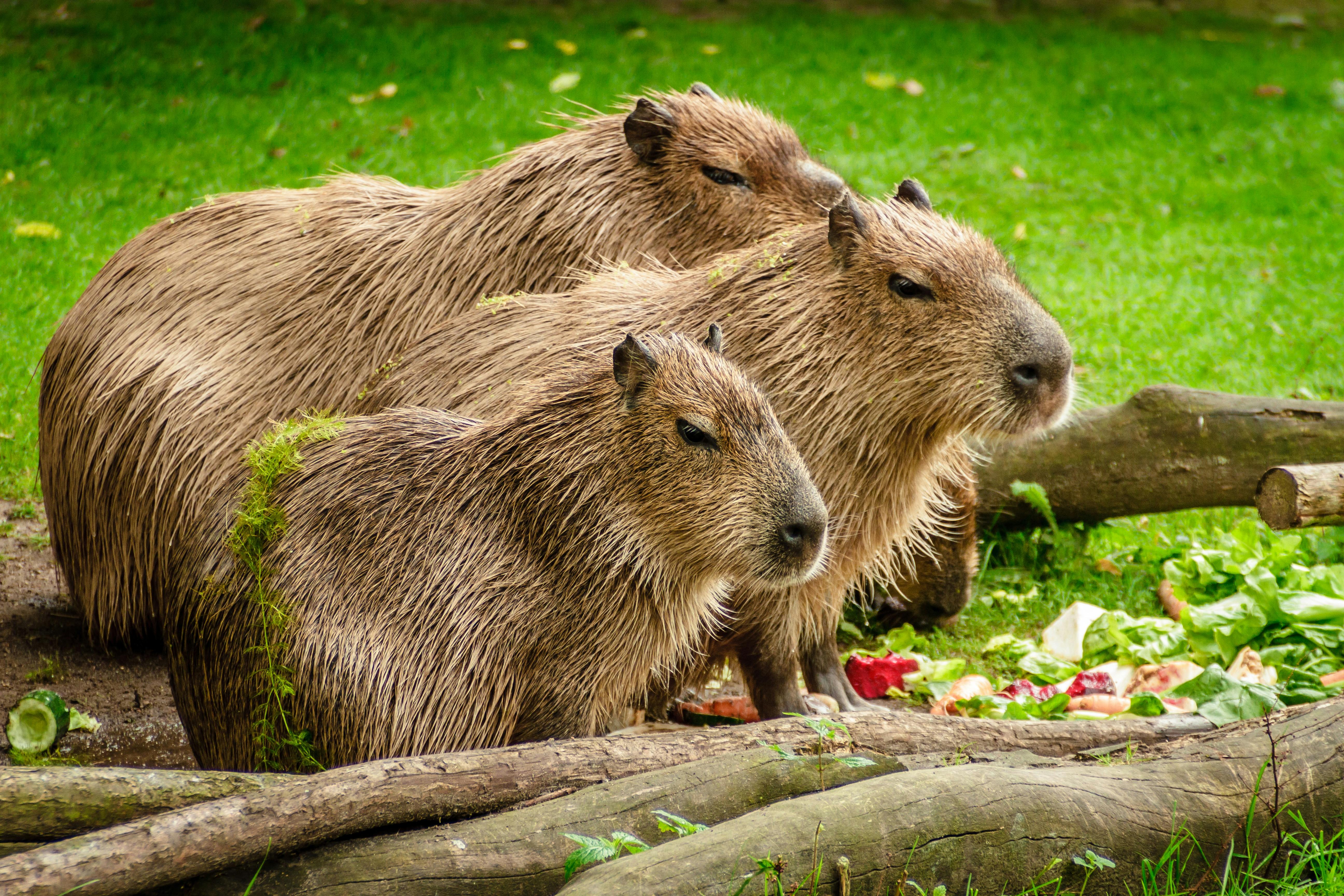Discovering the Wonders of Capybaras: An Unconventional Choice for a Pet
Delightfully unique and inherently sociable, capybaras are making waves in the world of unconventional pets. This article dives into the fascinating world of these gentle giants, exploring their history, current trends, and their impact on the pet industry.

The Capybara: A Historical Perspective
Capybaras, hailing from the lush landscapes of South America, are the world’s largest rodents. Their history is deeply intertwined with the indigenous tribes of the continent. In the past, capybaras were a food source for these tribes due to their abundance in the wild. However, their charm and affability led to their gradual domestication, and they were soon seen as cherished members of the community.
Capybaras in the Modern World
Fast forward to the 21st century, and capybaras are making a name for themselves as unique and endearing pets. Their peaceful demeanor and social nature have made them a hit with animal lovers worldwide. While they are not as common as dogs or cats, their popularity is on the rise, especially in countries like Japan, where several hot springs have become famed tourist spots for their resident capybaras.
The Cost of Keeping a Capybara
Keeping a capybara is not a decision to be taken lightly. Firstly, they require a lot of space and are happiest when they have access to a body of water where they can swim. Therefore, they are not suitable for apartment living. Secondly, their dietary requirements are specific and can be costly. A balanced diet for a capybara includes high-quality guinea pig food and a variety of fresh fruits and vegetables. Furthermore, capybaras are social creatures and do best when kept in pairs or groups, which can further increase the cost. It’s estimated that the annual cost of keeping a capybara can range anywhere between $1,000 to $3,000, not including initial purchasing costs which can be upwards of $1,000 per animal.
The Impact on the Pet Industry
The rise in popularity of capybaras as pets has had a significant impact on the pet industry. Companies and breeders are pivoting to accommodate this new demand. In markets where capybaras are popular, such as Japan, pet stores are expanding their product lines to include capybara-specific items, including food, toys, and even costumes.
Responsible Ownership and Conservation
While capybaras are undeniably charming, it’s crucial to consider their needs and the potential environmental impact of their popularity. Potential owners must be prepared to meet their specific needs, including providing ample space, the correct diet, and adequate social interaction.
Moreover, with capybaras becoming increasingly popular pets, the risk of illegal poaching and smuggling has risen. It’s essential that if you’re considering a capybara as a pet, you source them responsibly from a reputable breeder.
Conclusion
Capybaras, with their gentle demeanor and unique appeal, are a fascinating addition to the world of unconventional pets. However, owning one comes with significant responsibilities. Before diving into capybara ownership, it’s essential to consider the costs, the animal’s needs, and the environmental impact. With the right care and consideration, capybaras can make wonderful, if unconventional, pets.





